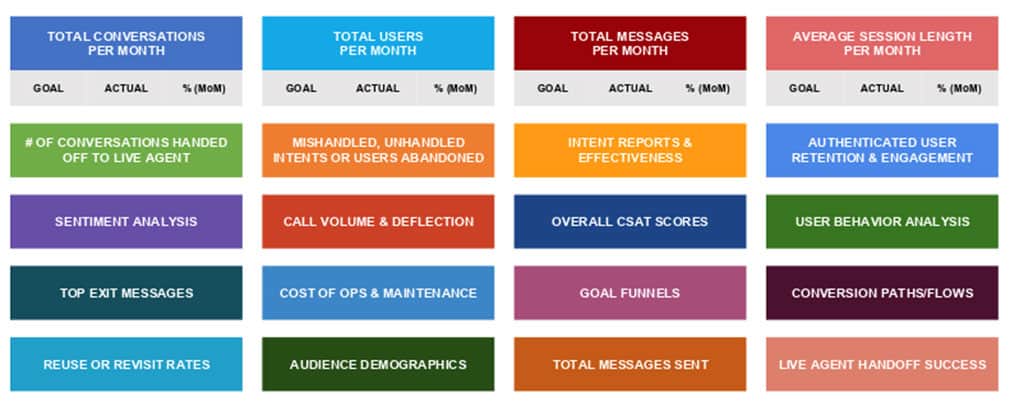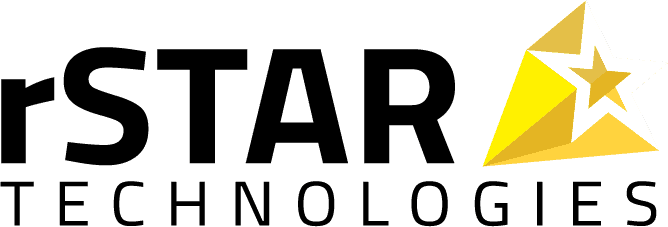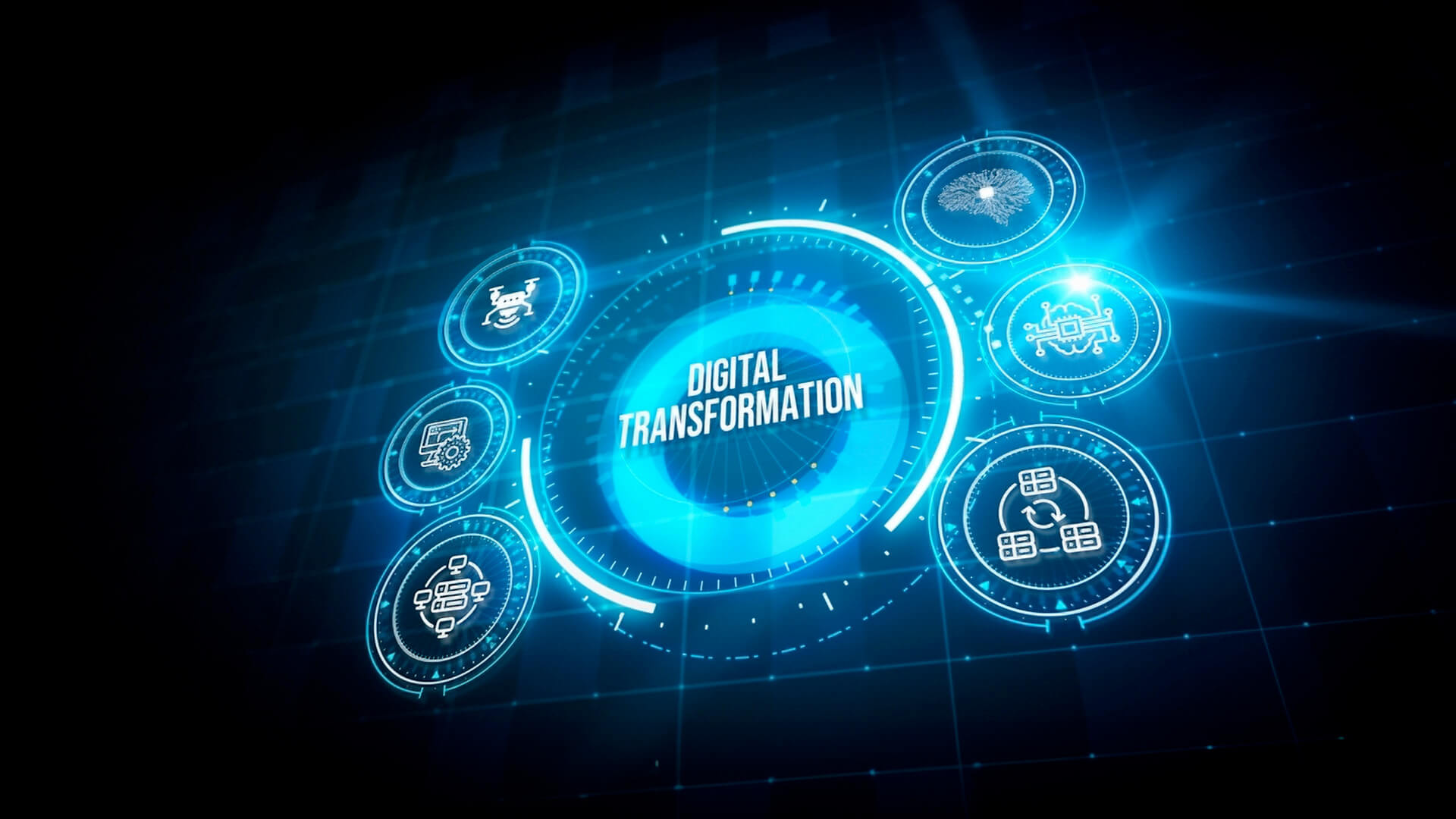At rSTAR, chatbots and artificial intelligence are two of our key areas of focus. As more and more businesses leverage chatbot technology and machine learning to streamline operations during this tough economic time, we’re constantly getting the question, “How does retraining the bot to make it better over time work?”
Table of Contents
We’re here to answer that question in a very specific way. Moving forward, we’ll explore…
- A Center of Excellence approach for customer support chatbots
- A data study model for continuous AI improvement
What is a “Center of Excellence?”
A center of excellence (COE) is a framework for continuous improvement that involves a dedicated team, a repeatable, data-minded process, and the right technology to enable agile changes and provide strong orchestration. A COE team develops, refines, and strengthens their core area of focus through data study, applying emerging best practices, and communication with employees and clients about evolving needs.
To make a music analogy, the COE is like the head on the top of the amplifier. It allows people to interact with the machine in a more precise way that creates better results.
Defining Chatbot Center of Excellence

Building a Team
The core of any COE is the human professionals who will own the work. Building an AI driven, omni-channel chatbot COE requires much more than simply assigning the task to capable professionals, though.
Building Digital Assistants (DA) Skills
With your core team in place and possessing a strong knowledge base, the next step is to build out their DA skills by creating pilot or proof-of-concept (POC) solutions. The goal should always be to create repeatable solutions that are built on the knowledge and skills they’ve built.
By focusing on these skills early, you increase your COE’s capacity to make timely, impactful changes further down the road. The more intimate their knowledge of basic chatbot code and functionality, the more rapidly and agilely your team will be able to innovate.
Selecting the Right Platform
Operating on the ideal platform can be the difference between an AI chatbot strategy being a massive success and a disappointing mess.
Once your center of excellence is established and your team has the knowledge they need to analyze digital assistant platforms and tools, they need to identify the platform with the greatest capacity to deliver what you’re looking for and build a ROI.
Measuring ROI
Data study is a key part of any COE. Your team’s ability to analyze chatbot data and apply those takeaways to improve your existing AI strategy is what has the power to make your approach “excellent” and not just “good.”
Of course, in order to make the most of that data study, you need to identify and focus on the right information and cut through the noise to determine both how effectively your individual chatbots are serving customers and how effectively your AI strategy is leveraging machine learning to build ROI. (We’ll get into more specifics about metrics and KPIs soon, don’t worry!)
Refining the Models
A center of excellence is all about creating a framework for continuous technology improvement over time. In the case of AI chatbots, that means recoding and augmenting the user experience in ways that align with the data your team has studied.
As you continually refine your approach and retrain your chatbots, each subsequent bot you deploy across your organization is built on more and more knowledge, and your team gets better and better and mining the data to brainstorm new efficiencies.
Adoption & Governance
While the COE framework creates a specialized team and approach for deploying and managing chatbots, that does not mean your chatbot COE should be an island unto itself. At its core, the COE approach is all about ensuring your chatbot strategy is wholly aligned with business goals and building value.
Through ongoing workshops and communication, your business team, IT leaders, and chatbot COE specialists can work together to build continuously evolving and improving business value.
Benefits of a Chatbot Center of Excellence
A chatbot COE establishes KPIs and data points that both your chatbots and your human IT support professionals can study and leverage to continuously improve the customer experience while creating greater operational efficiencies.
In this way, the center of excellence approach provides the greatest benefit for enterprise organizations with various business units. Using a COE, corporations can pilot and explore chatbot customer service at a single BU and then quickly expand that strategy to all their other business entities once the approach has been refined and proven successful.
With your center of excellence in place, it’s significantly easier to deploy new high-quality chatbots onto your website, mobile, social media, and other relevant platforms like Google Assistant, Amazon Alexa or SMS. Thanks to machine learning and human data study, the COE creates a more powerful service provider than ever before. That means it’s simpler than ever to achieve economies of scale for service operations across the entire organization.
What Kind of Data Should Your Chatbot COE Monitor?
Now there’s a big question! The most valuable data points will vary on your goals for your bots and the kind of experience you’re hoping to create, but generally speaking, your COE should be digging down and focusing on providing great service with efficiency.
When our rSTAR team helps clients establish a chatbot COE, we generally focus on four main areas of data study to start:
- Total users per month
- Total conversations per month
- Total messages per month
- Average session length per month

Total Users Per Month
To gauge the success of your chatbot, you need to know how many people are interacting with it. To monitor with an eye toward continuous improvement, you also need to know…
- Service ticket volume and call deflection numbers
- How many users your bots are mishandling or disengaging
- The demographics of your audience
- The cost of operations and maintenance
Total Conversations Per Month
The bottom line for chatbot effectiveness is the percentage of user conversations processed in a satisfying manner. By analyzing your monthly conversation volume, your COE can glean…
- What percentage of conversations must be handed off to a human agent
- Top exit (final) messages for the month
- Reuse and revisit rates for users
- The emotions and sentiments being experienced by users during bot interactions
Total Messages Per Month
One of your chatbot COE’s main goals should be streamlining the “conversation” between bots and customers with an eye toward efficiency. You’ll need to know…
- How many messages your bots sent and received
- The intent of your users and the effectiveness of your bot for addressing those needs
- How efficiently messages and questions moved users down the goal funnel
- Customer satisfaction scores (CSATs) connected to real chatbot usage
Average Session Length Per Month
As mentioned, efficient customer service should be the main goal of any chatbot strategy. Part of that efficiency is ensuring your bots are streamlined to get things done in a satisfying way. That means you’ll need to understand…
- Combined length of chatbot & human agent interactions for each session
- Authenticated retention, engagement, and conversion rates
- Specific successful conversion paths/flows
- User behavior during chatbot interactions
So, What Can You Do with All That Data?
The above information can directly inform your COE team’s ability to refine your overall chatbot strategy, retrain your bots to recognize user intent better or deliver results faster, and tune the overall experience with satisfaction and ROI in mind.
Here’s a four-step repeatable cycle we recommend to rSTAR clients establishing their own chatbot COE:
- Review: Go over your data and review transcripts to study customer journeys
- Identify: Determine targeted areas for improvement/refinement/retraining
- Tweak & Retrain: Make your chatbots better to refresh & improve user experience
- Redeploy: Put your improved chatbot experience into production and begin gathering data about authentic new customer interactions
Building Your Personalized AI ROI Roadmap
Your ability to turn AI customer service investment into customer satisfaction and cost savings is reliant on two factors: your chatbot deployment and the continuous improvement strategy you use to evolve from there. At rSTAR, we specialize in helping businesses create a roadmap to personalized AI-based customer experience that delivers a functional core in four weeks and up to 30% cost reduction in four weeks.
If you’re looking to deploy personalized, highly-functional AI customer service in the coming months or year, let’s start a conversation about how you can realize ROI as quickly as possible and build a long-term strategy for delighting customers.








